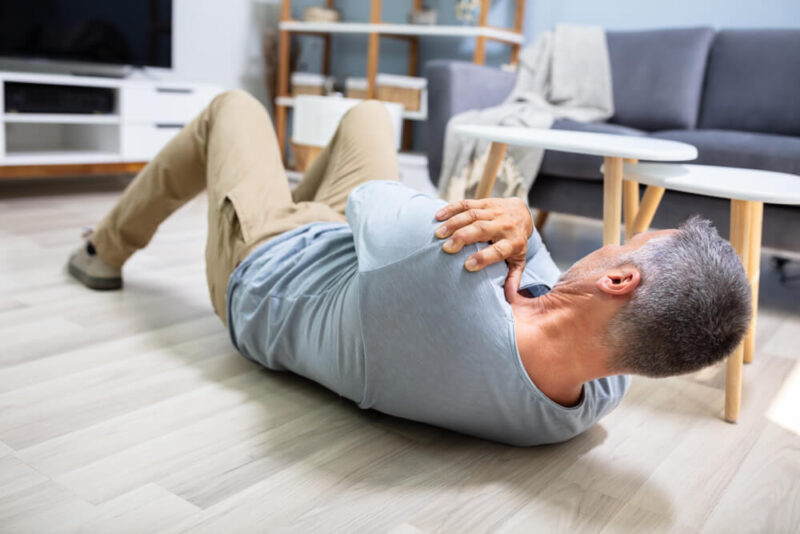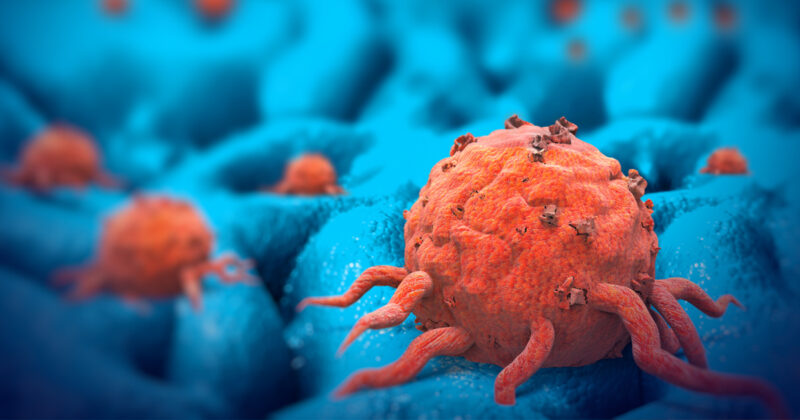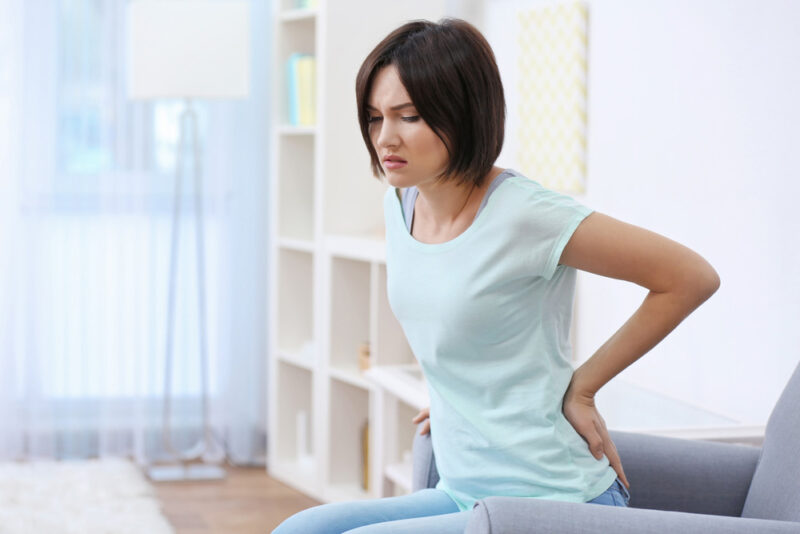Are you experiencing symptoms like numbness, tingling, or weakness in your hands/ arms/legs/foot? Perhaps even back/neck pain? You might have spinal stenosis. This is the narrowing of one/more spaces within the spine. It leads to less space for the spinal cord and nerves branching off it, which can cause irritation, compression, or pinching, hence the symptoms. Roswell spinal stenosis treatment options include physical therapy, steroid injection, or surgery. This emphasizes the need to seek immediate attention once you experience symptoms to catch the problem when conservative approaches are still viable.
The spine runs from the neck to the lower back and features bones forming a spinal canal protecting the nerves. Some people are born with a small spinal canal. In most instances, though, it narrows over the years due to wear and tear. While spinal stenosis can occur anywhere along your spine, it commonly occurs in the lower back or neck, hence the two primary types.
Lower back/lumbar canal stenosis is the most common. Besides back pain and other common symptoms, you can experience pain/cramping in one/both legs, especially after standing or walking for a long period. The symptoms mostly fade when you sit or bend forward.
Cervical stenosis affects the spine in the neck. Apart from neck pain and other common symptoms, you can have issues with balance and walking. If the condition is severe, you can also experience bowel/bladder dysfunction (urinary incontinence or urgency).
Spinal stenosis cases are common as we age, typically after 50 years. Age is the main risk factor, but other concerns like degenerative changes can also lead to the condition in younger individuals. Other considerations like congenital deformity, scoliosis, or genetic issues affecting bone and muscle development also put you at higher risk. Other common causes include:
Trauma

Accidents could lead to fractures or dislocations of vertebrae. This can lead to damage to the spinal canal contents. Moreover, the nearby tissue’s swelling, including after surgery, can put pressure on the spinal cord or nerves, leading to spinal stenosis.
Bone overgrowth
Osteoarthritis and all the wear and tear damage on the spine can prompt bone spurs formation. The bone spurs can grow into your spinal canal, reducing the space. Other bone overgrowth risks like Paget’s disease can cause similar impacts.
Tumors

Cancerous/non-cancerous tumors can form either:
- Inside the spinal cord
- In space between vertebra and spinal cord, or
- Within the membranes covering your spinal cord
Such tumors can put pressure or take up space in the spinal canal, causing spinal stenosis.
Thickened ligaments
Ligaments, the tough cords holding your bones together, can thicken and stiffen. They then bulge into the spinal canal, taking more space.
Herniated disks

The disks are soft cushions acting like shock absorbers. Herniated disks are common as we age, especially since cracks can form on the exterior, allowing the soft inner materials to escape. This causes the disks to press on the spinal cord or your nerves.
While rare, if left untreated, severe spinal stenosis can progress and cause permanent concerns like incontinence, paralysis, and balance issues. Do not let it get to this point while simple measures like physical therapy and lifestyle changes could help you maintain a healthy and active life. Visit or contact Polaris Spine & Neurosurgery Center today for all your spine-related concerns.


